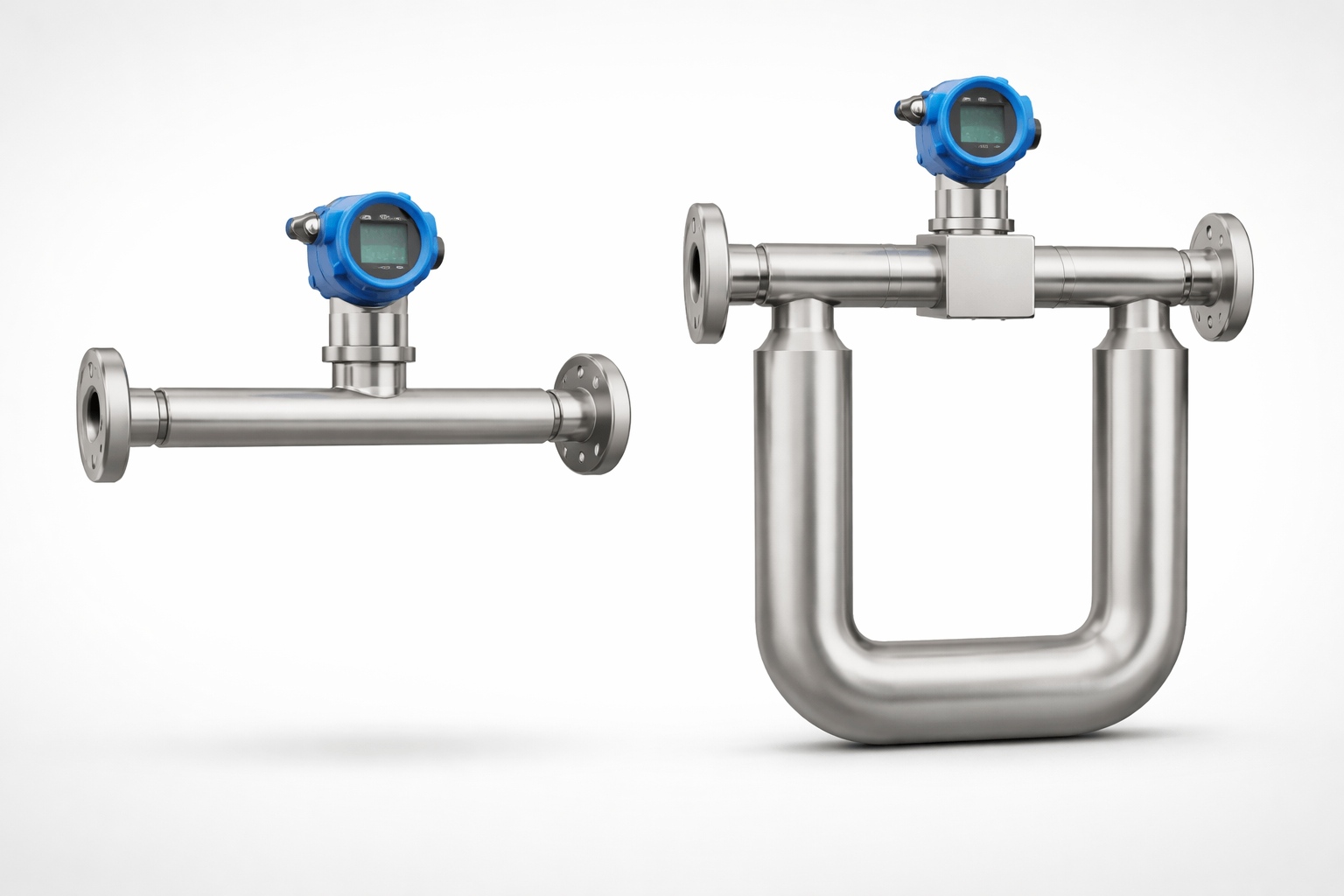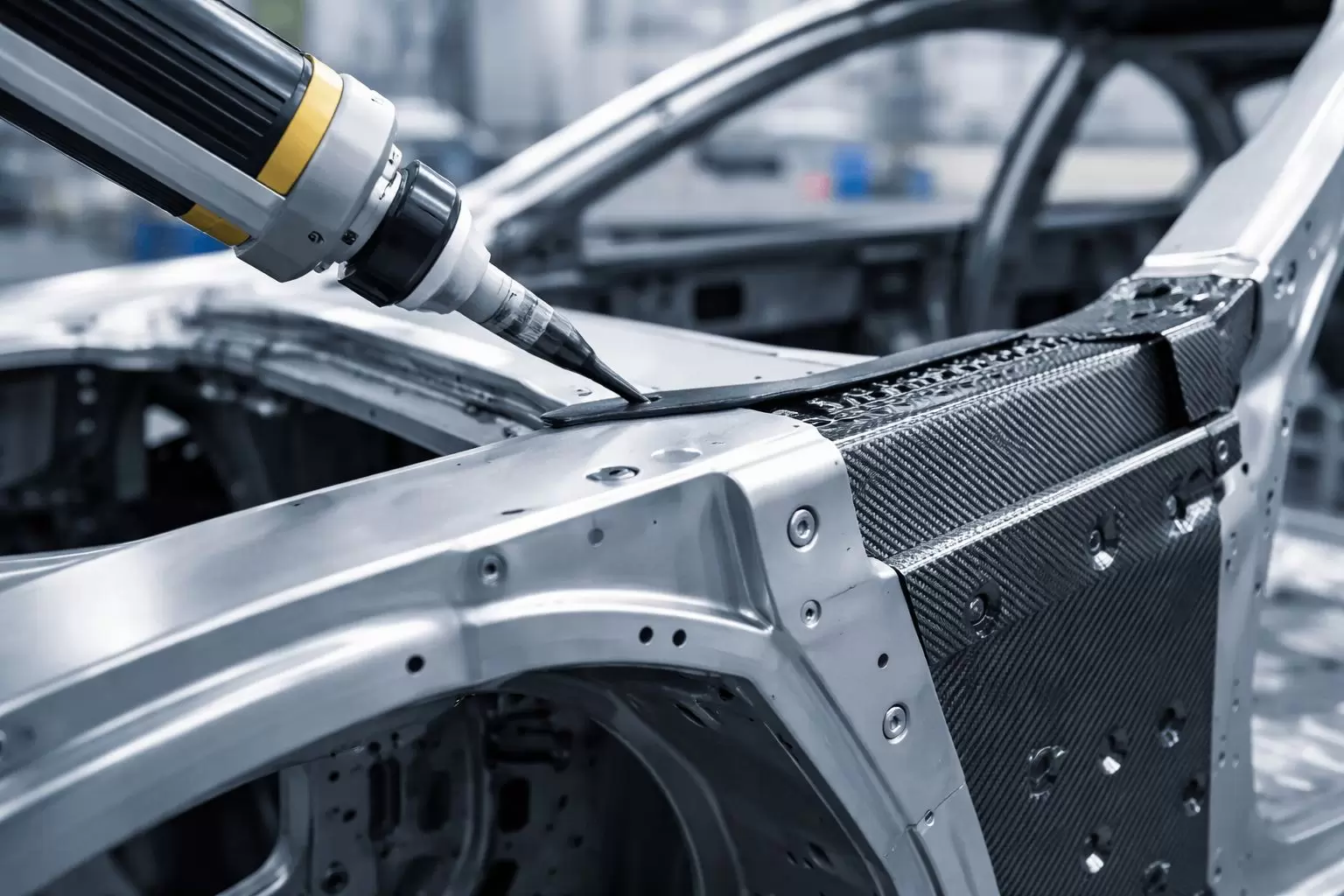Turbocharging has revolutionized the automotive industry, providing a means to enhance engine performance without significantly increasing engine size. However, enthusiasts often encounter a phenomenon known as turbo flutter, which raises questions about its causes and implications. One common inquiry is: Does a wastegate make turbo flutter? In this article, we will delve into the intricate relationship between wastegates and turbo flutter, exploring the mechanics behind both and offering insights for automotive enthusiasts and professionals alike.
Understanding Turbo Flutter
Turbo flutter, often characterized by a distinct chirping or pigeon sound, occurs when the turbocharger's compressor wheel experiences a rapid change in airflow. This phenomenon typically arises during deceleration or when the throttle is abruptly closed, causing the boost pressure to drop suddenly. The result is a pressure imbalance that leads to the compressor wheel stalling momentarily, creating the fluttering noise.
While turbo flutter is often perceived as a performance indicator or a sign of a well-tuned turbo system, it can also signify inefficiencies within the turbocharging setup. Understanding the mechanics of turbo flutter is essential for diagnosing potential issues and optimizing performance.
The Role of Wastegates
A wastegate is a critical component in a turbocharged engine, responsible for regulating the amount of exhaust gas that flows to the turbocharger. By controlling this flow, the wastegate helps manage boost pressure, preventing overboost conditions that can lead to engine damage. There are two primary types of wastegates: internal and external.
- Internal Wastegates: These are integrated into the turbocharger housing and are typically simpler and more compact. They use a diaphragm to open and close based on boost pressure, allowing for quick response times.
- External Wastegates: These are separate units mounted on the exhaust manifold. They provide greater control over boost levels and are often preferred in high-performance applications due to their ability to handle larger volumes of exhaust gas.
The Connection Between Wastegates and Turbo Flutter
Now, to address the core question: Does a wastegate make turbo flutter? The answer is nuanced. While the wastegate itself does not directly cause turbo flutter, its operation significantly influences the conditions under which flutter occurs.
- Boost Control: A properly functioning wastegate ensures that boost levels remain within optimal ranges. If the wastegate is malfunctioning or improperly tuned, it can lead to excessive boost pressure, which may exacerbate the conditions that cause turbo flutter.
- Throttle Response: When the throttle is closed suddenly, the wastegate's ability to vent excess pressure becomes crucial. If the wastegate does not open quickly enough, the resulting pressure surge can lead to compressor surge, which is often mistaken for turbo flutter.
- Tuning and Setup: The overall tuning of the turbo system, including the wastegate's settings, plays a vital role in managing airflow and pressure dynamics. A well-tuned wastegate can mitigate the risk of turbo flutter by ensuring that boost pressure is released smoothly during deceleration.
Mitigating Turbo Flutter
For those who wish to minimize or eliminate turbo flutter, several strategies can be employed:
- Wastegate Adjustment: Ensuring that the wastegate is properly calibrated can help maintain optimal boost levels and reduce the likelihood of compressor surge.
- Upgraded Components: High-performance wastegates and blow-off valves can provide better control over boost pressure and airflow, reducing the chances of turbo flutter.
- Tuning: Professional tuning of the engine management system can optimize throttle response and boost control, further mitigating the conditions that lead to turbo flutter.
- Regular Maintenance: Routine checks of the turbocharger and wastegate system can identify potential issues before they lead to performance problems.
Conclusion
In summary, while a wastegate does not directly cause turbo flutter, its role in managing boost pressure and airflow is crucial in preventing the conditions that lead to this phenomenon. Understanding the interplay between wastegates and turbo flutter allows automotive enthusiasts and professionals to optimize their turbocharged systems for both performance and reliability. By focusing on proper tuning, maintenance, and component upgrades, one can enjoy the benefits of turbocharging without the unwanted noise and inefficiencies associated with turbo flutter.





